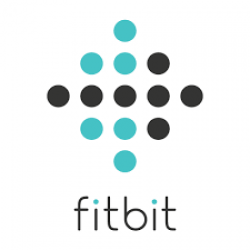Today we completed the next step in advancing our efforts to make next generation 112 available for people in need in Austria.
We have submitted a funding application to www.netidee.at, Austrias largest internet funding initiative. One part of the application was the requirement for a short video about us, the project and the goals.
You can find it on youtube (in german) - be nice to us, we are not video professionals :-)
See also the introduction to DEC112.
Today’s emergency services are almost voice-only capable and only a marginal share of data and multimedia is used by Public Safety Answering Points (PSAPs).
Improving access to emergency services for deaf and hard of hearing citizens induces enabling PSAPs and people in need to handle their modes of communications such as text.
[Read more…]
Some time ago I wrote a blog post about exporting FitBit fitness data into a Sqlite3 database or exporting it as a CSV file for further processing. This was done using a simple Node.js javascript script called “fitbit_dumper”. The original dumper used OAuth version 1 to access the FitBit API.
Since 2016 the FitBit API is only accessible using OAuth2. So this post describes the differences to the original post.
[Read more…]
Friday, December 18, 2015
Sometimes you need a component for a project or some tests and there is no or at least no free implementation available. This happens to me when I wanted to translate a geographically position (lat/lon) into a corresponding service URN. RFC 5222 provides more information on that. After reading the RFC which looked not that complicated I decided to implement such a server myself. The goal was also that it should be lightweigt, easy to develop and to deploy into the cloud. So it was obvious to me that node.js and mongodb will be used.
[Read more…]
If you are using one of FitBit’s fitness tracker devices like the ‘One’ for some time you create a lot of data. When you synchronize your tracker all recorded data is sent to FitBit’s servers. The FitBit portal provides some features for graphically displaying and analyzing your data. It’s also possible to export it manually as CSV to process it further. But what if you want your data locally available without manual export to make own statistics. This is what the ‘fitbit_dumper’ is for.
Update: Since 2016 FitBit uses OAuth2. See this blog post for an update.
[Read more…]


